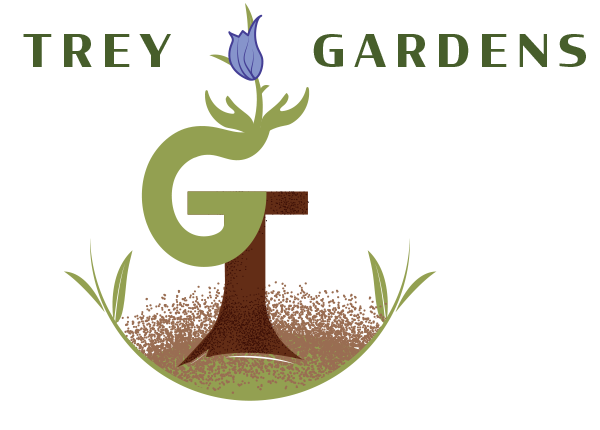“Anyone can be a gardener. All you need is to plant something, water it, and then believe in it.”- —Anonymous
This quote wasn’t quite true when I was a boy helping my dad in his gardens. As a child, gardening in its totality was a chore without allowance. I especially didn’t like messing with garden hoses They’re messy, cumbersome, and labor intensive to use; so, the roses and I both struggled.
Nowadays, If you have a garden, don’t have an irrigation system, and haven’t replaced your lawn with AstroTurf, your relationship with hoses has become complicated. Climate change is changing the length and scope of our seasons. Rising ocean temperatures, caustic pesticides, and herbicides, Il Nino/ Nina effects, deforestation, agribusiness practices, and the increase in the amount of plastic and people (and plastic people lol), are changing the places where plants and the animals that depend on them, are living- including us humans. Palm trees in Washington DC? Heck yea. Lobsters going north for the summer? Check. Athens forecasted to be uninhabitable by 2040? Be prepared.
The COP27 held in Egypt this fall, as far as I surmised, provided precious few concrete and accountable solutions for a planet on the verge. This means that people everywhere can choose to take the issues on individually and globally if our politics don’t behead us first. Access to clean water, more than any other tangible natural resource, will be what saves or enslaves us. So, what can we do?
Besides writing to your representatives in Washington, first think about what it would be like if everyone had to pay for water like we do for other utilities, like gas or electricity. (Californians and Floridians already feel that pain) Trust me, it hurts. Second, consider how you use water, specifically around and in your home. (Since this is about landscape design, I shall leave turning off the faucet while you shave to other educators) In my opinion, there are two ways we collectively reduce the amount of water to keep our gardens healthy and less resource dependent. The first is to change our watering practices. Here are some simple tips to lower your water usage based on patterns I see when biking around the neighborhood:
- Water in the morning
- Avoid arial watering systems like sprinklers and install drip irrigation on timers
- Water less frequently and longer
- If you have a professional irrigation system in place, make sure it has a rain gauge that curtails water until really needed.
- If using hoses, water directly only around the base of the plant and not the leaves, stems, and trunks
BAM. You just saved at least 12 gallons of water a week!
Second, consider changing out some of your thirstier ornamental plants that have fulfilled their life cycles, (like hydrangeas and roses, gasp!) with native and/or xeriscape plants like sedges, cacti and succulents. These plants either require less water for photosynthesis, and/or store water within plant cells so they are more self-hydrating. Whether you live in Maine or Arizona, Nature has beautiful solutions that will save you time, money, and water by offering plants designed to perform within huge fluctuations of temperature and rainfall. Some of the most beautiful gardens I know require the least amount of human intervention and reward the senses in somewhat mysterious and cool ways.
And one more thing, the last part of that quote IS true: you must believe.
For more information, please contact: Trey@treysgardens.com or visit the website www.treysgardens.com


Add Comment